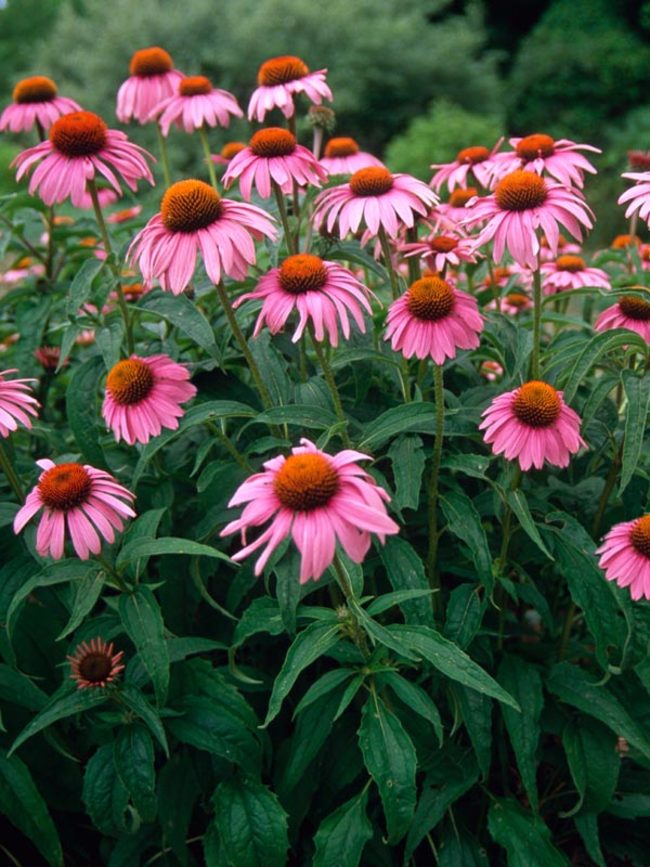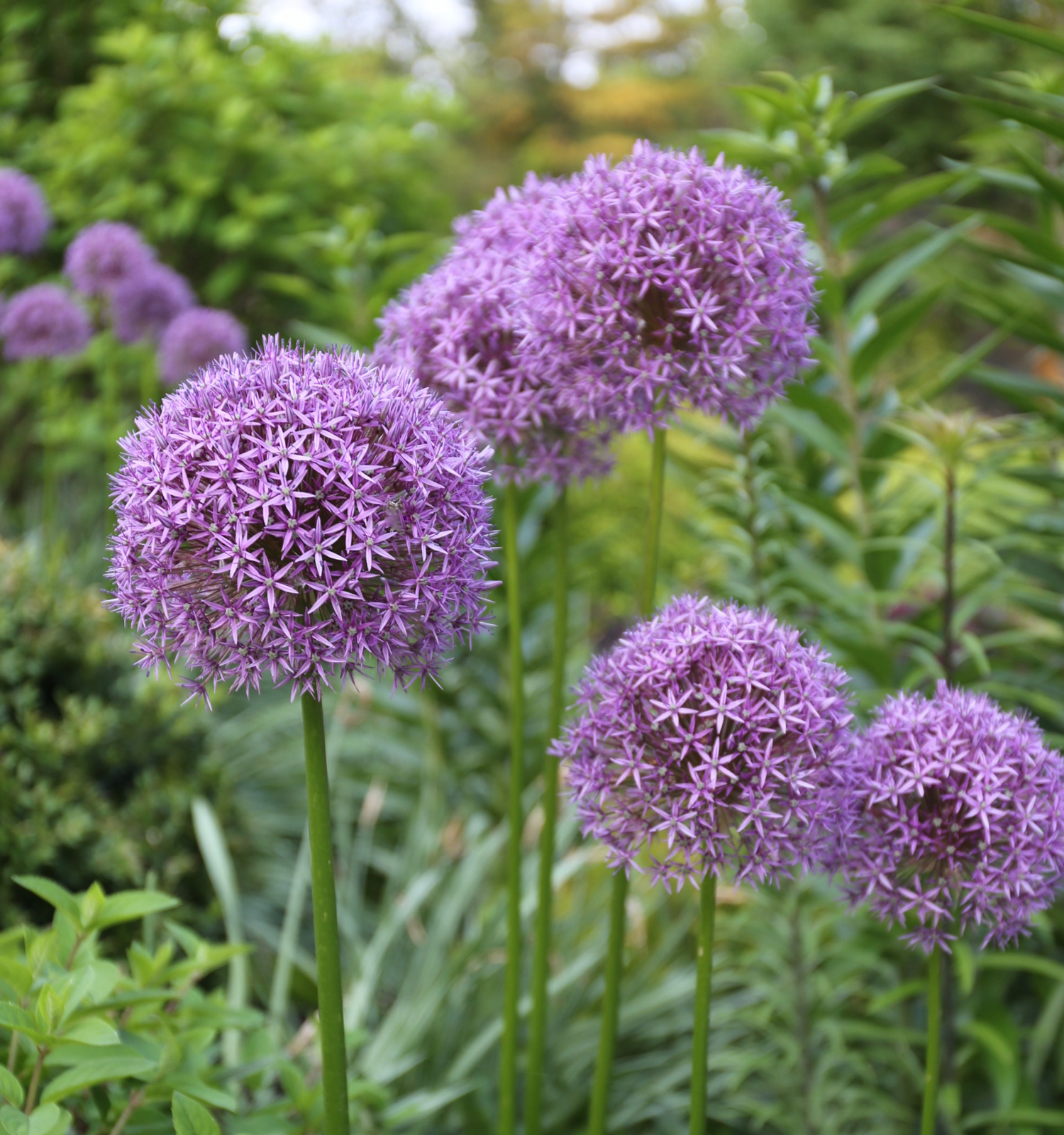English Lavender Companion Plants That Will Make Your Garden Sing
English Lavender Companion Plants That Will Make Your Garden Sing
Lavender is a beautiful and versatile plant that can add a touch of elegance to any garden. It's also a great choice for companion planting, as it can benefit from the company of other plants.
In this blog post, we'll discuss the best companion plants for English lavender. We'll also talk about the benefits of companion planting and how to choose the right plants for your garden.
Why Companion Plant?
Companion planting is a gardening technique that involves planting different types of plants together to benefit each other. There are many benefits to companion planting, including:
- Increased pollination: Some plants attract pollinators, such as bees and butterflies. These pollinators can help to pollinate other plants in your garden, which can lead to a better harvest.
- Reduced pest and disease problems: Some plants can help to repel pests and diseases. For example, lavender has a strong scent that can deter insects.
- Improved soil health: Some plants can help to improve the soil in your garden. For example, legumes fix nitrogen in the soil, which can benefit other plants.
Best Companion Plants for English Lavender
Here are some of the best companion plants for English lavender:
- Echinacea: Echinacea is a beautiful flowering plant that is also a great companion for lavender. Both plants have similar growing requirements, and they can help to attract pollinators to your garden.

- Roses: Roses and lavender are a classic combination that looks stunning in any garden. Both plants thrive in full sun and well-drained soil.
- Yarrow: Yarrow is a versatile plant that can be used as a groundcover, border plant, or cut flower. It's also a great companion for lavender, as it can help to repel pests and diseases.

- Sedum: Sedum is a drought-tolerant plant that can add a splash of color to your garden. It's also a great companion for lavender, as it can help to improve the drainage in your soil.

- Alliums: Alliums are a group of bulbous plants that include onions, garlic, and chives. They're a great companion for lavender, as they can help to repel pests and diseases.

- Catmint: Catmint is a fragrant plant that is also a great companion for lavender. It can help to attract pollinators to your garden and deter pests.
- Thyme: Thyme is a low-growing herb that is a great companion for lavender. It can help to improve the drainage in your soil and attract pollinators.
- Oregano: Oregano is a hardy herb that is a great companion for lavender. It can help to improve the flavor of lavender flowers and deter pests.
How to Choose Companion Plants for English Lavender
When choosing companion plants for English lavender, there are a few things to keep in mind:
- Growing conditions: Make sure that the companion plants you choose have similar growing conditions to lavender. Both plants should need full sun and well-drained soil.
- Pest and disease resistance: Choose companion plants that are resistant to the same pests and diseases as lavender. This will help to protect your lavender plants from problems.
- Pollinator attraction: If you want to attract pollinators to your garden, choose companion plants that are attractive to bees, butterflies, and other pollinators.
- Visual appeal: Of course, you also want to choose companion plants that you think look good together. Lavender is a beautiful plant, so you want to choose companion plants that will complement its beauty.
Conclusion
Companion planting is a great way to improve the health and productivity of your garden. By planting English lavender with the right companion plants, you can reap the benefits of increased pollination, reduced pest and disease problems, and improved soil health.
So what are you waiting for? Start planning your companion planting scheme today!
FAQ of english lavender companion plants
Question 1: What are some good companion plants for English lavender?
Answer: English lavender is a versatile plant that can be paired with a variety of other plants. Some good companion plants include:
- Rosemary: Rosemary is a fragrant herb that is also drought-tolerant, making it a good companion for lavender. It can help to deter pests and attract pollinators.

- Sage: Sage is another drought-tolerant herb that can be paired with lavender. It also has insect-repelling properties.

- Catmint: Catmint is a low-growing plant that is known for its attractive blue flowers. It can help to attract pollinators and deter cats.
- Yarrow: Yarrow is a hardy plant that can tolerate full sun and poor soil. It can help to attract pollinators and repel pests.

- Geraniums: Geraniums are colorful flowers that can help to add a pop of color to a lavender garden. They can also help to deter pests.

Question 2: What are the benefits of planting companion plants with English lavender?
Answer: There are several benefits to planting companion plants with English lavender. These include:
- Improved pollination: Companion plants can help to attract pollinators, such as bees and butterflies. This can help to improve pollination and fruit production in your garden.
- Deter pests: Some companion plants can help to deter pests, such as cats, rabbits, and deer. This can help to protect your lavender plants from damage.
- Improved drainage: Some companion plants can help to improve drainage in your garden. This is important for lavender plants, as they do not tolerate wet soil.
- Enhanced beauty: Companion plants can help to add color, texture, and interest to your lavender garden. This can make your garden more attractive and enjoyable.
Question 3: What are some common mistakes to avoid when planting companion plants with English lavender?
Answer: There are a few common mistakes to avoid when planting companion plants with English lavender. These include:
- Planting too close together: Lavender plants need space to grow. If you plant them too close together, they will not be able to thrive.
- Planting in the wrong location: Lavender plants need full sun and well-drained soil. If you plant them in the wrong location, they will not be able to survive.
- Not watering enough: Lavender plants need regular watering, especially during the first year after planting. If you do not water them enough, they will not be able to thrive.
Question 4: How do I know if I'm planting the right companion plants with English lavender?
Answer: There are a few things to consider when choosing companion plants for English lavender. These include:
- The plants' growing conditions: Make sure that the companion plants you choose have similar growing conditions to lavender. This means that they need the same amount of sun, water, and soil type.
- The plants' height: Consider the height of the companion plants you choose. You want to make sure that they do not overshadow the lavender plants.
- The plants' color: If you want to add color to your lavender garden, choose companion plants that have complementary colors.
Question 5: Where can I find more information about English lavender companion plants?
Answer: There are a number of resources available where you can find more information about English lavender companion plants. These include:
- Gardening books: There are a number of gardening books that include information about companion planting.
- Gardening websites: There are a number of gardening websites that offer information about companion planting.
- Local garden centers: Local garden centers often have staff who can offer advice on companion planting.
Post a Comment for " English Lavender Companion Plants That Will Make Your Garden Sing"